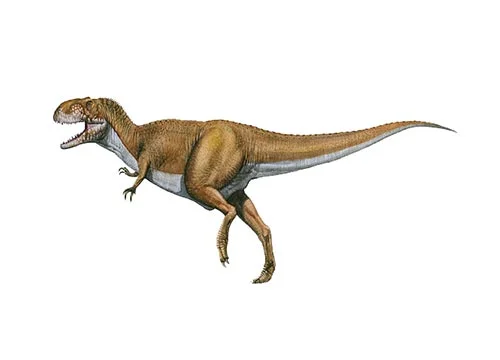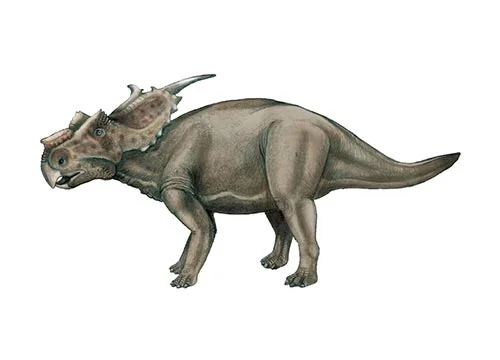Qianzhousaurus (Ganzhou lizard)

Ke-an-su-sor-us
J. Lu, L. Yi, and S. L. Brusatte, L., Yang, H. Li, & L. Chen - 2014
Carnivore
Estimated 8 meters long
Large Theropod
Q. sinensis (type)
China - Nanxiong Formation
Late Cretaceous, 72 million years ago
Qianzhousaurus Facts
Qianzhousaurus, also known as the “Ganzhou lizard,” is a genus of theropod dinosaur that lived in what is now China during the Late Cretaceous period, approximately 72 million years ago. It was first described in 2014, based on a nearly complete skull that was discovered in Ganzhou City, Jiangxi Province.
Qianzhousaurus was a large and fearsome predator, estimated to have been around 8 meters (26 feet) long and weighing up to 2,500 kilograms (5,500 pounds). It belonged to the family Tyrannosauridae, which includes some of the largest and most iconic carnivorous dinosaurs, such as Tyrannosaurus rex.
One of the most striking features of Qianzhousaurus is its skull, which was unusually long and narrow compared to other tyrannosaurids. The skull was also heavily pneumatized, meaning that it had a system of air-filled cavities that helped to lighten the overall weight of the head. This adaptation may have allowed Qianzhousaurus to move its head more quickly and efficiently when hunting or scavenging for food.
Another unique feature of Qianzhousaurus was its lower jaw, which had a distinctive “chin” or “buckle” at the front. This feature is not seen in other tyrannosaurids and its function is still uncertain, but it has been suggested that it may have played a role in display or communication, or in supporting the lower jaw during biting and tearing.
Overall, Qianzhousaurus is an important addition to the fossil record of tyrannosaurids and sheds new light on the diversity and evolution of these iconic predators. Its discovery underscores the importance of continued paleontological research in China, which has become a hotspot for dinosaur discoveries in recent years.



